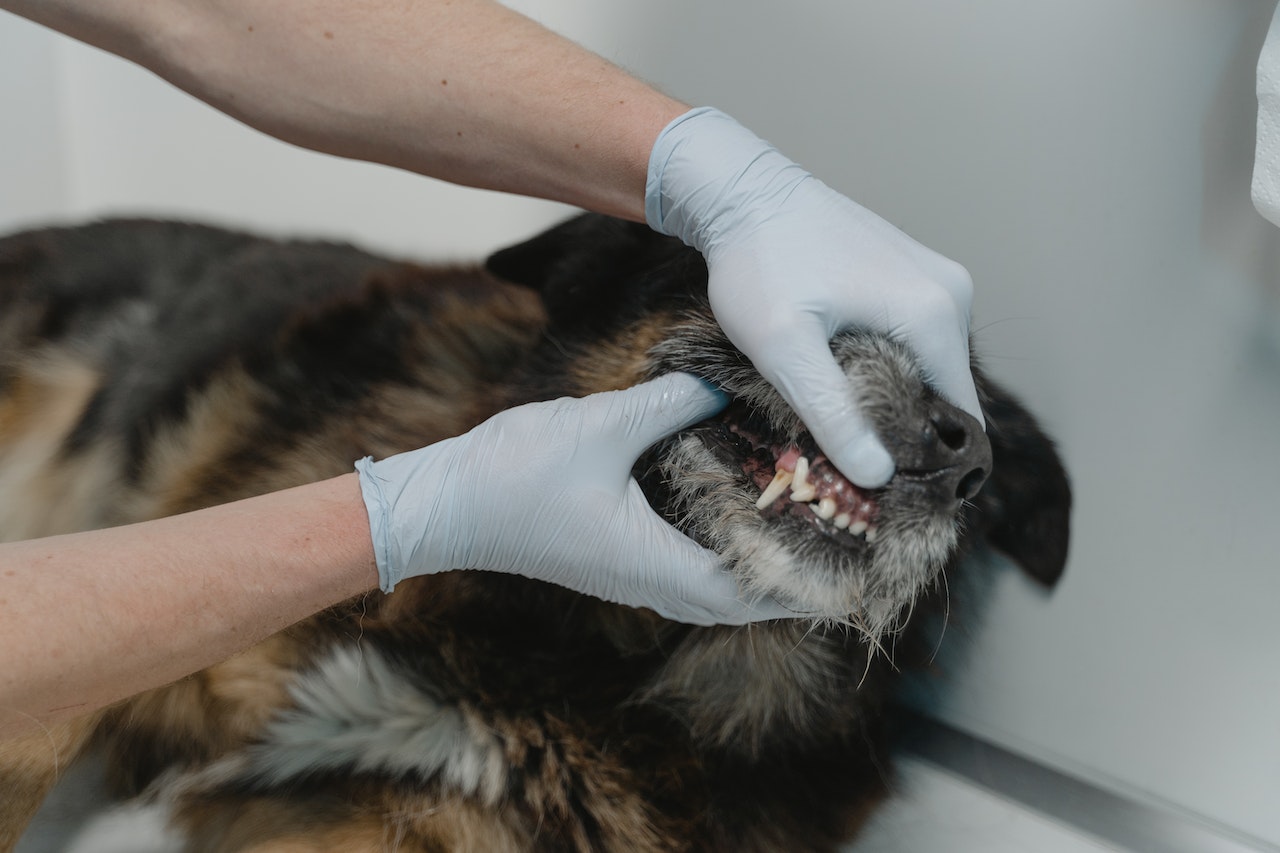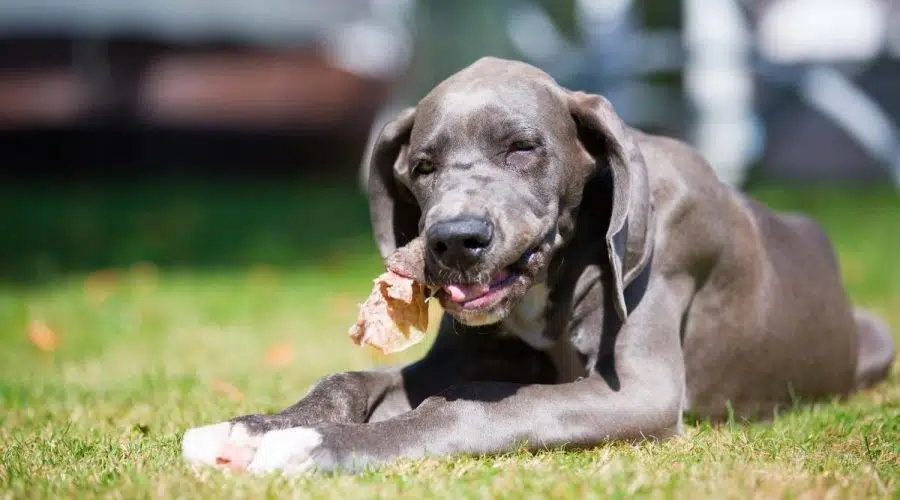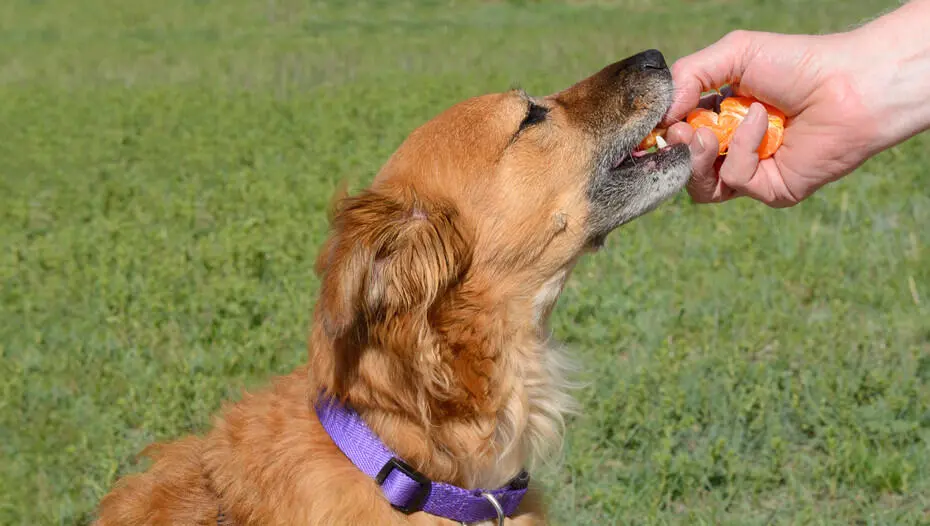
According to the findings of research conducted by a veterinarian dental diseases are extremely prevalent diseases diagnosed by vets. An additional investigation states that around 80 percent of all dogs suffer from some form of periodontal disease by age 2.
Regular pet dental treatment can be recommended by vets However, only the majority of pet owners do not actually clean their dog’s teeth. According to an investigation conducted by Ipsos, only 7 percent of the dog owners surveyed reported that they brush their dogs’ teeth every day.
“Just like people century ago, we used to believe it was just a normal process of aging,” says Dr. Milinda Lommer a veterinary dentist board-certified who works at the Aggie Animal Dental Center in Mill Valley, California. “Now we are aware teeth loss can be a directly resulting result of the disease process, and it’s unnatural.”
To understand the best way to take care of dog teeth, it’s essential to know the structure of the dog’s teeth and the best way to ensure dental health for your dog. Here is some information that you might not know about the dog’s teeth.
Information about Dog Teeth

#1. Dogs go through two sets of Teeth throughout their lifetime
Similar to how humans have their baby teeth, canines have their own puppy teeth, which are replaced later, says Dr. Donald Beebe, a board-certified specialist in veterinary dentistry. He is also the director of the hospital for Apex Pet and Animal Dentistry located in Englewood, Colorado.
“Puppy teeth, also known as deciduous teeth, or milk teeth, function exactly like adult dog’s teeth, but in a smaller amount,” he says. “Starting at around four months of age, and continuing to six months old when the deciduous teeth start to shed. In contrast to human children whose process is gradual over the course of years when they are puppyhood, the process of transition is rapid and takes just a few weeks.”
Dr. Beebe says that puppies lose their teeth in a manner like human children. They become loose, and then fall out. The tooth’s root becomes naturally infiltrated by the gums, says Dr. Beebe.
#2. Adult dogs have more teeth than Humans.
Dr. Beebe explains that puppies are only able to have around 28 deciduous dog teeth which shed to make room to grow permanent dog teeth.
“Adult dog breeds possess 42 teeth. The majority of people have 32 teeth,” he says. “In contrast, cats of adulthood possess 30 teeth.”
Dr. Beebe says that adult dog teeth begin to grow prior to birth. “Later in the life span, they pop out into their final position when their deciduous counterparts fall,” he says.
#3. Dogs use their teeth differently than Humans.
The chemical structure of dog teeth is like human teeth however the size and form of dog teeth are where the most significant distinctions are made.
“The most noticeable teeth are the long and pointed canines” Dr. Beebe states. “They can be used for lifting, grasping as well as pulling, which could be used as a defense. In the mouth further back, the carnassial teeth are designed to slash against each other to create the slicing effect.”
“This is different from human teeth that typically grind against each other to break down food items. Dogs aren’t able to crush their food as humans do since their teeth aren’t created to be that way,” explains Dr. Beebe.
#4. Canine teeth root structure is Different from Humans
“Canine Root structures are comparable to human root structures, with the exception that in dogs the three upper teeth each have two roots, while the lower molars, which have three roots” Dr. Lisa Lippman, a veterinarian in New York City.
Furthermore, the teeth of a dog’s tooth are very long, says Dr. Lommer. “Most people are shocked by how long the roots are” she declares. “The visible crowns are usually just one-third of the length of the teeth. For incisor teeth, crowns are about one-fourth of the length that the teeth are.”
#5. Cavities in the dog’s Teeth are extremely rare
Because the bacteria found in the dog’s mouth differ from the bacteria found in human’s mouths, the presence of dental cavities in dogs isn’t as frequent.
“Cavities occur due to specific bacteria that reside on the flat surfaces of teeth. They convert sugars into acids,” claims Doctor. Lommer. “Dogs generally don’t consume more sugar than humans consume, but the kind of bacteria responsible for cavities is extremely rare within dogs’ mouths.”
Dr. Beebe explains that when cavities do occur in dogs, they’re typically caused by sweet treats like bananas or sweet potatoes. “The treatment for tooth decay in dogs is similar to that for humans,” he says. “The tooth structure affected by the disease can be eliminated and replaced by the composite filling.”
Dog Teeth The signs of Dental Disease

Pet owners should be aware of the symptoms of periodontal diseases in their dogs. If you see any indication of gum or dental disease it is recommended to consult your veterinarian for treatment advice.
“Most pet owners don’t realize the presence of an issue until it has advanced to a more severe phase,” says Dr. Beebe. “Further the dogs’ instinct is to cover up any discomfort or discomfort in order to not show weakness, which makes it difficult to determine if the presence of a problem.”
The signs of periodontal disease in dogs, as stated by Dr. Beebe and Dr. Lippman are:
- Red gums
- Bleeding gums
- Plaque
- Bad breath
- Drinking blood in food or water bowls
- Thick saliva
- The opposite part of your mouth
- Food being dropped while eating
- Facial swelling
- The face is rubbed with fingers or on the floor
Dog Teeth: Tips for Care
“Brushing your dog’s teeth is the best defense against gum disease” Dr. Lippman. “Daily brushing, in conjunction with regular professional cleanings at your veterinarian, can help keep gum disease on the horizon.”

What is the best product for my dog’s Toothpaste?
For cleaning dog dental teeth in the comfort of their homes, owners are able to use using the Vetoquinol Vet Solutions incident toothbrush set designed for dogs of all ages, or the Nylabone premium oral care tooth kit for puppies. The kit for dental care for dogs includes an enzymatic brush for dogs as well as pet toothpaste specifically made to take care of the teeth of dogs.
To prevent plaque from forming Easy-to-use pet dental wipes are a good option. Petkin Fresh Mint tooth cleansers for dogs may aid in removing daily debris. It is also possible to freshen the breath of your dog by using an additive to water, such as the of TropiClean refreshing breath additive that is designed to reduce tartar build-up and improve overall dental health.
If you’re trying to keep your pet’s dental health healthy between dental cleanings and dental cleanings, you can try dog dental chews or treats like Greenies Dental Dog Treats or Dr. Lyon’s dental dog treats. These dental treats for dogs aid in fighting tartar and plaque buildup, and also help refresh your dog’s breath.